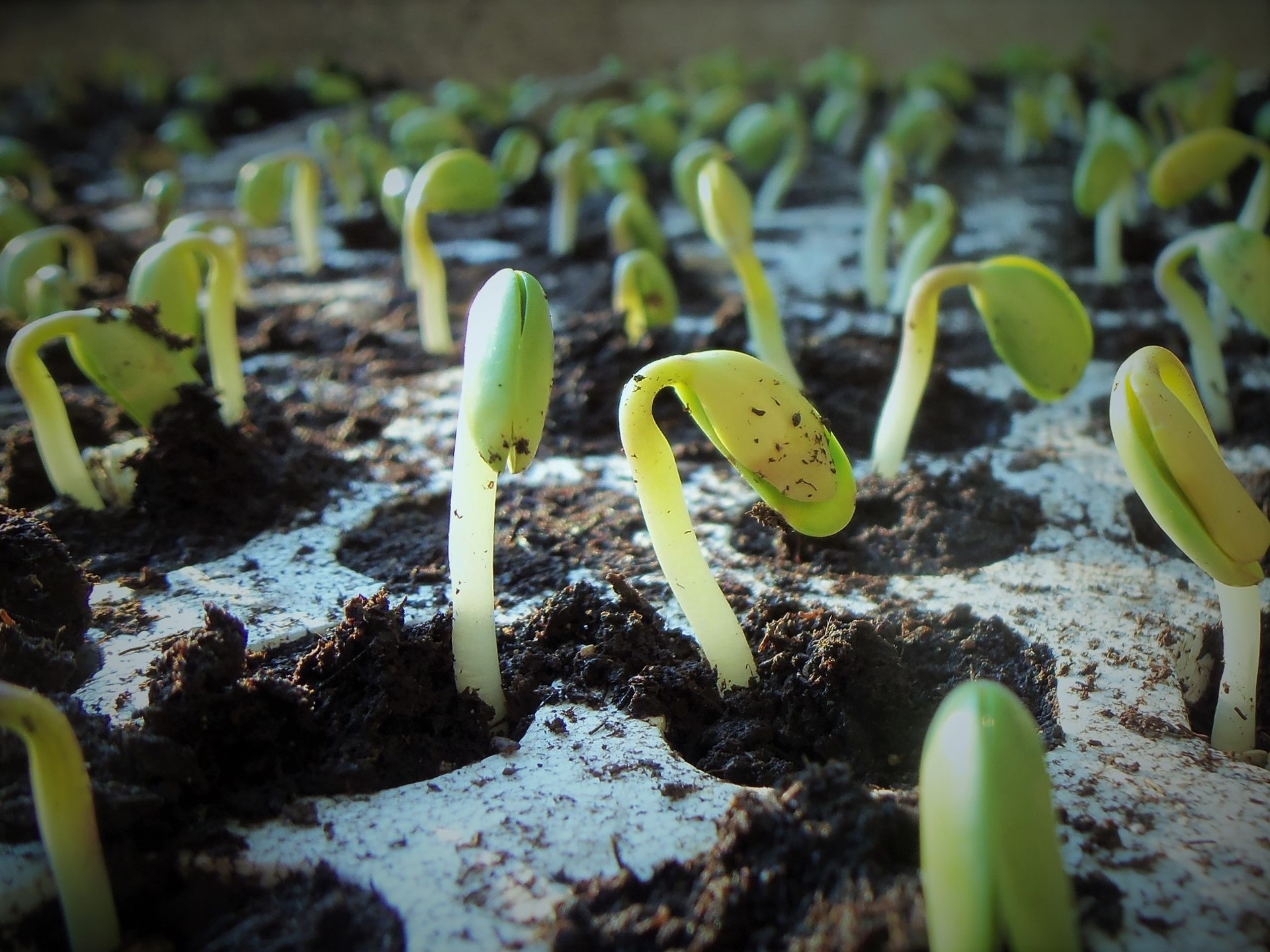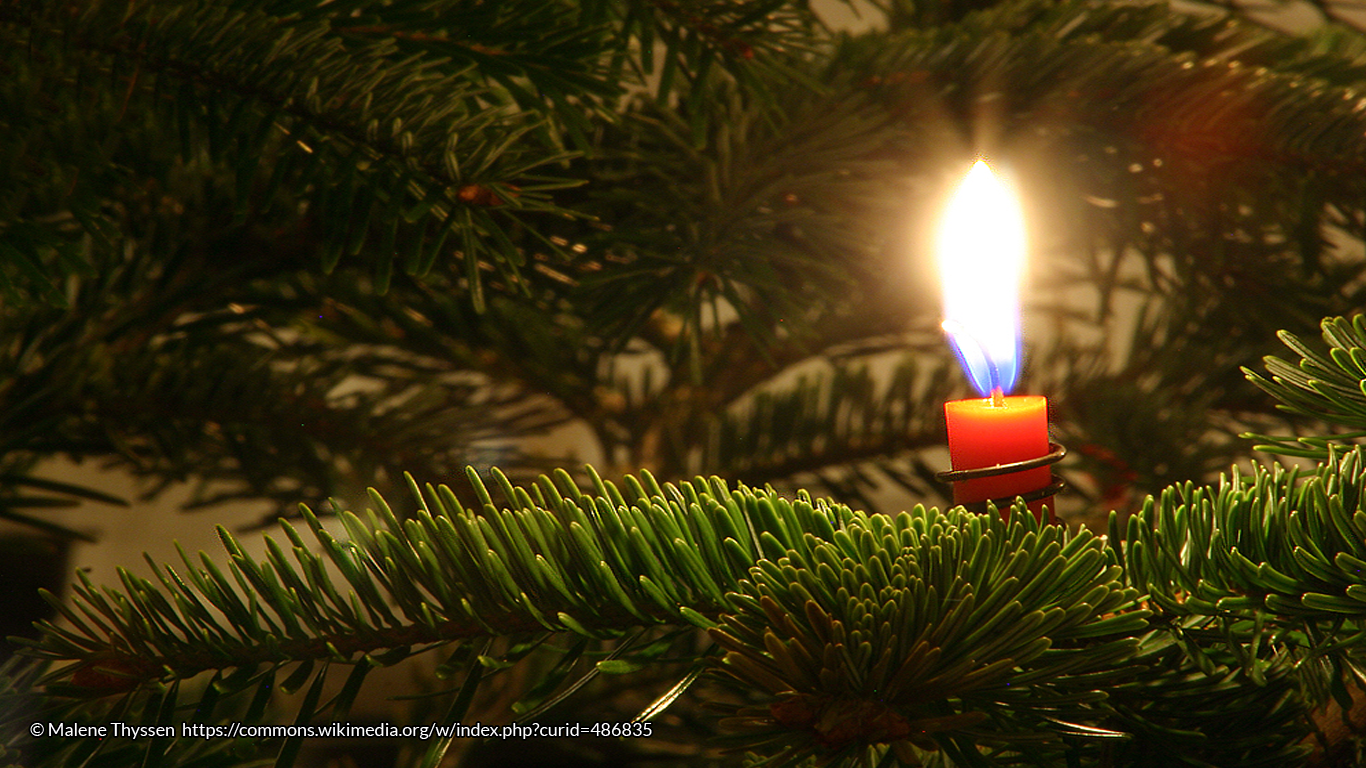From the animals that witnessed the Nativity, to the robins on our greetings cards and Santa’s reindeer, the creatures of Christmas truly animate the magic of the festive season.
According to tradition animals may augur good luck or bad at Christmas time. They play an important part in many ancient customs, and it is a widespread belief that the descendants of those who were present at the Nativity still show their deference on Christmas night.
Christmas Eve, and twelve of the clock.
‘Now they are all on their knees,’
An elder said as we sat in a flock
By the embers in hearthside ease.
We picture the meek mild creatures where
They dwelt in their strawy pen,
Nor did it occur to one of us there
To doubt they were kneeling then.
So the novelist and poet Thomas Hardy viewed the kneeling of the cattle in midnight homage; their breath is averred to be sweet because it warmed the infant Jesus. Sheep, also, are said to turn to the east and bow at this hour, and it is deemed especially lucky to meet a flock at Christmas time. The power of the crowing cock to dispel evil spirits which, like the ghost of Hamlet, fade ‘on the crowing of the cock’, is particularly potent at Christmas, when it is said to raise its voice all night long. Bees, too are believed to hum a sacred hymn on Christmas Eve.
In art, depictions of the Virgin and Child, such as the famous example by Leonardo da Vinci, often include a cat. The most likely explanation lies in the legend that a cat gave birth to kittens at the same time as Christ was born.
Old Christmas country rituals involved parading animal effigies in the streets. In Dorset (where it was called the Ooser) and in Wiltshire, a terrifying bull’s head mask was worn by a man swathed in sacking, who demanded refreshment from anyone he met. In Kent a horse’s head on a pole was paraded, demanding drinks and money: ‘If ye the hooden horse doth feed,/Throughout the year thou shalt not need.’
The Humble Donkey and Stalwart Camel
It is largely from their associations with Christianity that the donkey or ass has acquired its reputations for goodness, and specifically for gentleness and humility. The donkey makes a key appearance in the Nativity, bearing the pregnant Mary on her journey to Bethlehem. Shortly after the birth of Jesus, when they had been warned of Herod’s evil intent to kill all male children under two years old, Mary, Joseph and the infant Jesus fled to Egypt on a donkey. In medieval France, their escape was once celebrated in the feast of the ass, on January 14th. As part of the celebrations, a girl carrying a baby was led through the streets on a donkey, but the Church took measures to stop the festival when, over the years, it degenerated into a burlesque ending in a religious ceremony in which both priest and people brayed like asses.
There is no biblical record of the Wise Men reaching Bethlehem by camel, but these creatures, renowned for both their staying power and their stubbornness, have nonetheless become integral to our Christmas imagery. The description of the poet T.S. Eliot in ‘The Journey of the Magi’ is truly evocative:
A cold coming we had of it,
Just the worst time of the year
For a journey, and such a long journey:
The ways deep and the weather sharp,
The very dead of winter.’
And the camels galled, sorefooted, refractory,
Lying down in the melting snow.
The Cheerful Robin
The endearing robin redbreast, with little fear of humans, is a bird long welcomed for the cheer it brings to winter’s dark days. For centuries it was associated with the season of good will, but became a favourite theme for Christmas cards only from the 1860s. According to one story, a fire lit to warm the infant Jesus blazed up so strongly that the robin flew towards the baby and, as the bird spread its feathers to protect the child, was scorched red as it did so. Another, more prosaic, explanation is that our familiar robin gave its name to the first postmen who wore red jackets, and were commonly nicknamed ‘robins’.
It has long been deemed lucky to see a robin but, because it is believed to carry a drop of God’s blood in its veins, extremely dangerous to kill one. Such a murder was believed to make cows produce bloody milk, at the very least. Even taking robins’ eggs from nests was said to leave the culprit with permanently bent fingers.
Santa’s Transport
Given his full complement of assistance, Santa rides his sleigh on Christmas Eve with the help of eight reindeer. To the ancient Sami this was an occasion of extreme awe for around the winter solstice, when the sun appears only briefly each day, these creatures with their glowing antlers, seen chased by a hunter and his pack of dogs, symbolized a race against doomsday – when the sun would shine no more. Even looking at the reindeer could be dangerous enough to cause permanent blindness.
In the Celtic tradition, some believe that Santa’s reindeer evolved from the horned god Herne, each representing one of the year’s solar sabbats, the festivals celebrating the changing seasons. Reverence for the stag, a symbol of strength and sexuality, epitomized by its autumn rutting behaviour, may have been expressed in dances during which men wore stag costumes complete with many-branched antlers.
When it comes to our modern tradition, we need go back no further than 1821 when the New York printer William Gilley introduced the reindeer:
Old Santeclaus with much delight
His reindeer drives this frosty night.
O’er chimneytops, and tracks of snow,
To bring his yearly gifts to you.
There can be no better way to relish the wonder of the Christmas season than by understanding its animal connotations and connections. The exploration and expression of such wonders carries on with every generation.
Win a copy of Animal Lore and Legend: The Wisdom and Wonder of Animals Revealed
by Ruth Binney
Ruth Binney and her amazing team have kindly offered a set of three copies of her excellent book,
Animal Lore and Legend: The Wisdom and Wonder of Animals Revealed,
for three lucky #FolkloreThursday readers this December!
‘For as long as humans have inhabited the earth, we have lived alongside the multitude of other creatures with which we share our planet. However it is undoubtedly true that today most of us are not as close to the animals around us as our forebears were, and that many of the world’s best loved large mammals and most beautiful birds are in danger of becoming extinct. The threats of the 21st century to the animal world make it even more pertinent to explore the many legends and folktales, myths and superstitions that reflect this past closeness, highlight our desire to explain nature’s wonders and mysteries, and underline the necessity to preserve for future generations all creatures great and small.Gathered together in this fascinating book are the lore and legends of the animal world, alongside the realities of nature. Yet whatever their natural attributes, in folklore animals can do almost anything. They can be our friends and foes – and of course they can talk to each other. They can be evil witches and devils in disguise, they can bring good luck and bad. And in real life they can be our dearest companions, to the point of sheer worship.An amazing collection of fanciful superstitions, intriguing tales and amusing anecdotes, which any animal lover will truly relish.’
Sign up for the #FolkloreThursday newsletter to enter (valid December 2017; UK & ROI only).
Buy the book here.
Recommended books from #FolkloreThursday
References & Further Reading
Animal Lore and Legend, Ruth Binney, Rydon Publishing, 2017
Funk and Wagnalls Standard Dictionary of Folklore, Mythology and Legend, Ed Maria Leach, Harper and Row, 1996
Fauna Britannica, Dr Stefan Buczacki, Hamyln, 2002










